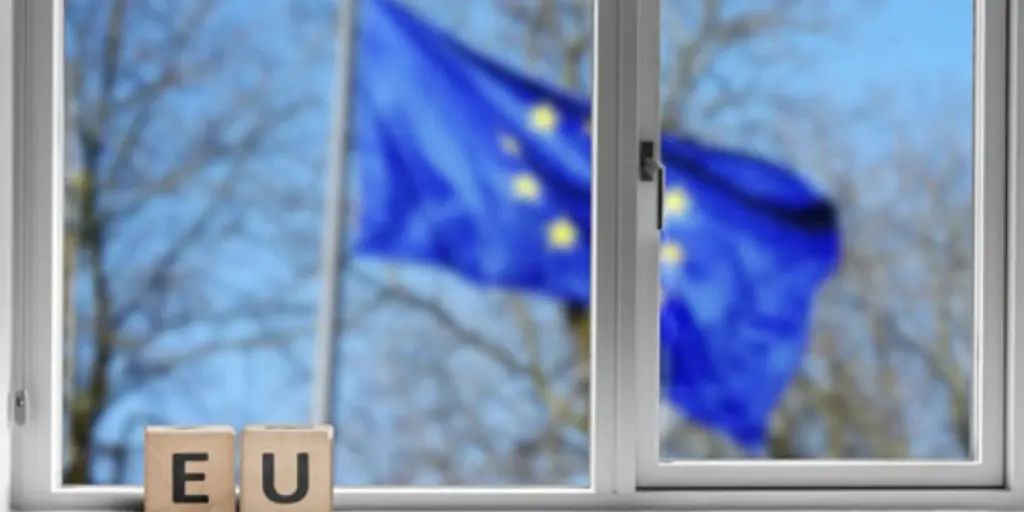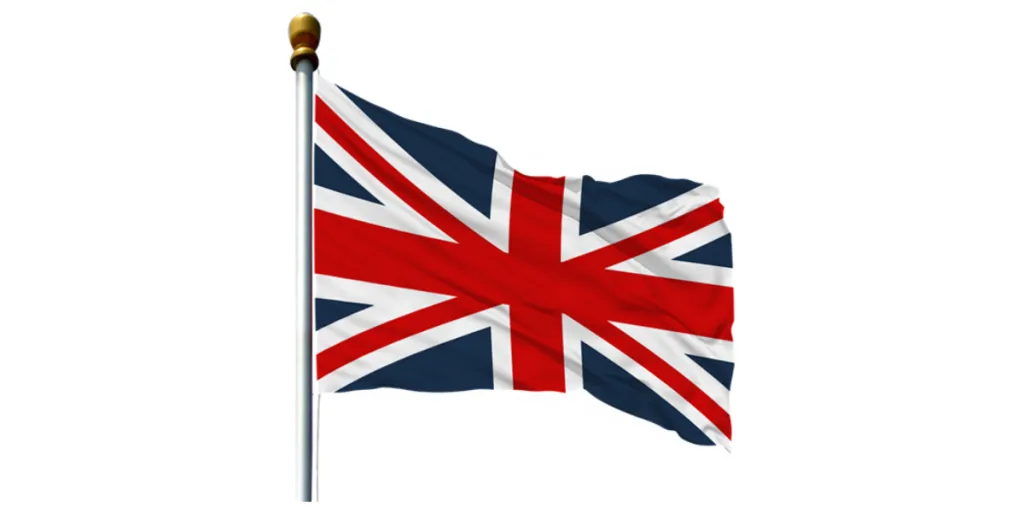On November 20, 2024, the European Chemicals Agency (ECHA) together with authorities from Denmark, Germany, the Netherlands, Norway, and Sweden, released a detailed report outlining the latest developments in restricting per- and polyfluoroalkyl substances (PFAS) in Europe. The report is based on over 5,600 pieces of scientific and technical feedbacks collected during the public consultation period in 2023, aiming to update and refine the management strategy for PFAS.

The report highlighted that this feedback has helped ECHA to continuously enrich the background material related to PFAS and has identified several uses not specifically mentioned in the initial draft of restrictions:
- Sealing applications: a broad range of fluoropolymer uses in consumer, professional and industrial applications, including seals, pipe lining, gaskets, valve parts, etc.
- Technical textiles: uses of PFAS in for example high-performance membranes, medical applications that are not covered in medical devices, outdoor technical textiles (like tarps).
- Printing applications: permanent parts and consumables for printing applications.
- Other medical applications (e.g., packaging and excipients for pharmaceuticals)
Fluoropolymers, a category of PFAS that has received significant attention from stakeholders, were further discussed. The consultation process provided insights into the availability of alternatives for these polymers, technical and organizational measures to reduce their environmental emissions, and the potential socio-economic impacts of prohibiting their production, marketing, and use. During the opinion formation process, all participants paid special attention to these compounds.
Further restriction options
The initial restriction dossier was primarily a phased ban (when alternatives were not yet available) to allow for an orderly transition to alternatives when they become available. During the public consultation, additional information provided by stakeholders led to the feasibility of other restriction options beyond a complete ban to achieve regulatory goals—significantly reducing PFAS emissions throughout their lifecycle. Especially for those uses and industries where a complete ban might lead to disproportionate socio-economic impacts (e.g., where alternative technologies are not foreseeable), new restriction options could improve the practicality of the restriction proposals in specific applications.
Possible restriction options will be compared with the two proposed options (complete ban/phased ban depending on the availability of alternatives), and alternative approaches other than a ban may be suggested in some uses. These alternatives could involve conditions that allow the continued production, marketing, or use of PFAS rather than a direct ban; or conditions that must be met before alternatives are available for the production, marketing, or use of PFAS.
This assessment is currently underway, involving the use of PFAS in certain industrial applications such as batteries, fuel cells, and electrolysers. The same assessments will also be conducted for other industries, such as medical devices and semiconductors, provided that this information was raised during the public consultation. Additionally, information submitted during the public consultation may provide a basis for the production of fluoropolymers and alternative restriction options throughout their lifecycle. Of course, the purpose of the restriction proposal, to minimize environmental emissions, will continue to be upheld.
Next steps
The opinion development work will further progress during 2025 and will lead to an opinion of the RAC and a draft opinion of the SEAC. A consultation will be held afterwards on the draft opinion of the SEAC. This will provide an opportunity for all interested third parties to provide relevant information regarding socio economic aspects to be considered in the final SEAC opinion.
If you need any assistance or have any questions, please get in touch with us via service@cirs-group.com.
Source from CIRS
Disclaimer: The information set forth above is provided by cirs-group.com independently of Chovm.com. Chovm.com makes no representation and warranties as to the quality and reliability of the seller and products. Chovm.com expressly disclaims any liability for breaches pertaining to the copyright of content.





 বাংলা
বাংলা Nederlands
Nederlands English
English Français
Français Deutsch
Deutsch हिन्दी
हिन्दी Bahasa Indonesia
Bahasa Indonesia Italiano
Italiano 日本語
日本語 한국어
한국어 Bahasa Melayu
Bahasa Melayu മലയാളം
മലയാളം پښتو
پښتو فارسی
فارسی Polski
Polski Português
Português Русский
Русский Español
Español Kiswahili
Kiswahili ไทย
ไทย Türkçe
Türkçe اردو
اردو Tiếng Việt
Tiếng Việt isiXhosa
isiXhosa Zulu
Zulu